Expedition The Spine of Russia
Categories: Travel
By Pictolic https://pictolic.com/article/expedition-the-spine-of-russia1.htmlThe silence in the room was broken by the heart-rending scream of an alarm clock. I opened my eyes. Or I thought I opened them. I didn't know if I was awake or still sleeping, alive or dead.
All around me was impenetrable darkness, thick and black as tar. It didn't matter if my eyes were open or closed. An eerie feeling that you can reach out and touch infinity, which I did not want to do at all.
As I found out a little later, the photographer I'm traveling with decided to get up before dawn and shoot the stars. But he changed his mind sharply, turned off the alarm and went back to sleep.
It took me a while to figure out where I was. We spend the night next to a heavy Russian stove in an old wooden house about an hour's drive west of Petrozavodsk, or 60 kilometers away from the E105.
(Total 14 photos)
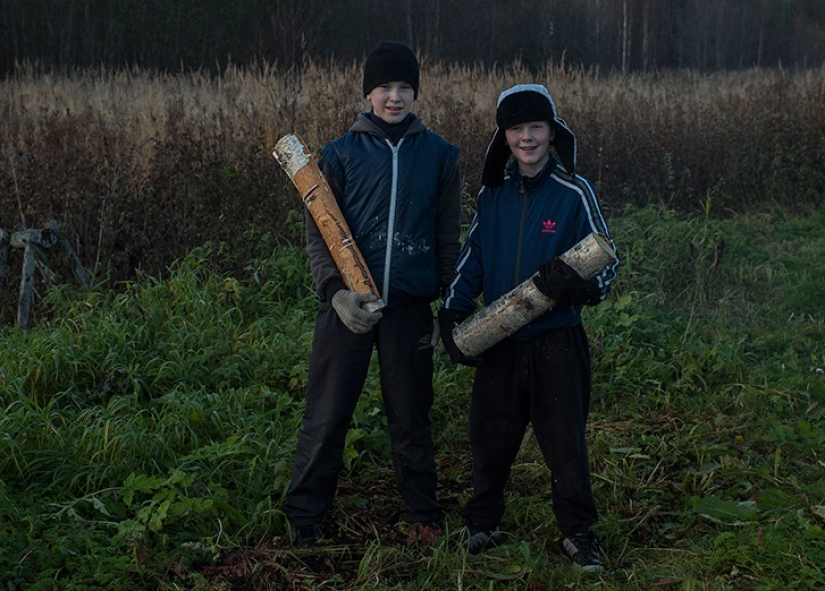
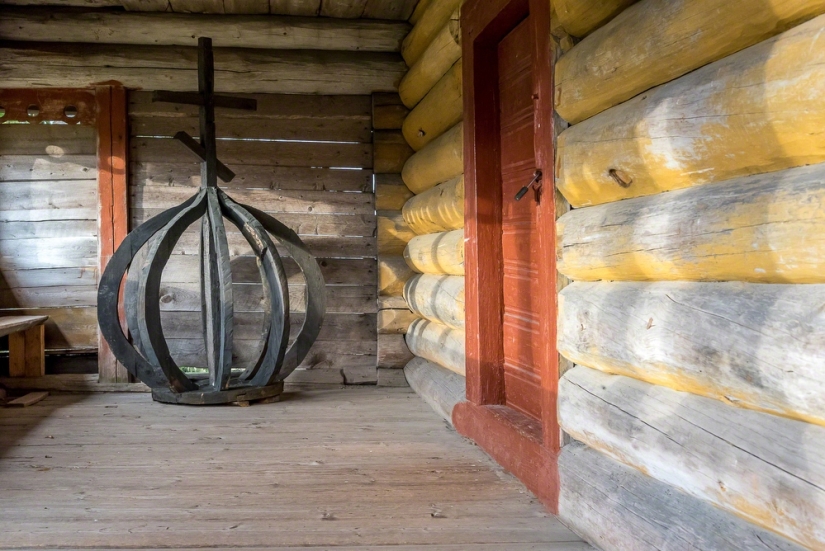
We are in the small village of Kinerma with a population of five. Four of them are the Kalmykov family.
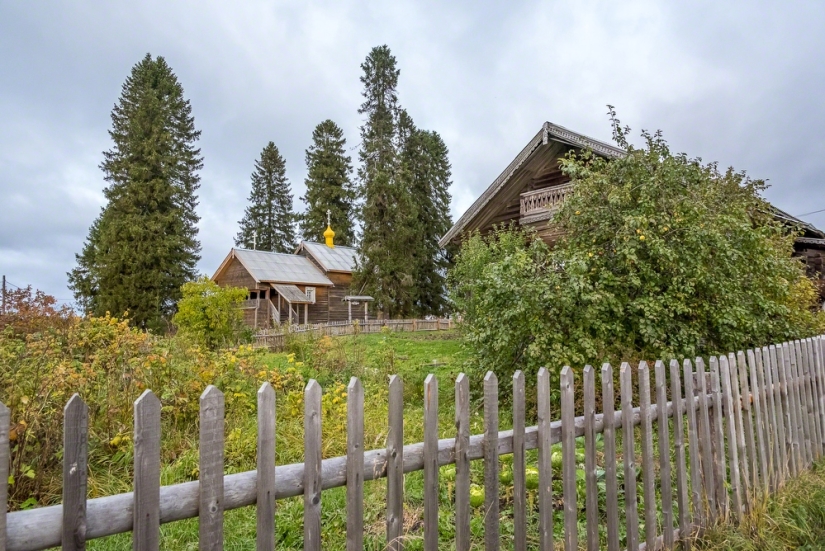
For the past ten years, Nadezhda Kalmykova has been working to preserve this ancient Karelian settlement, the only one that has survived to this day. The village has mostly remained as it was 150 years ago, helped by a combination of circumstances. But mainly - the fact that there is no lake or river nearby, and therefore there were no people who wanted to turn the village into a holiday village. In addition, the only miraculous icon in the entire region used to be in Kinerma. “I am sure that it is she who keeps us,” Nadezhda believes.
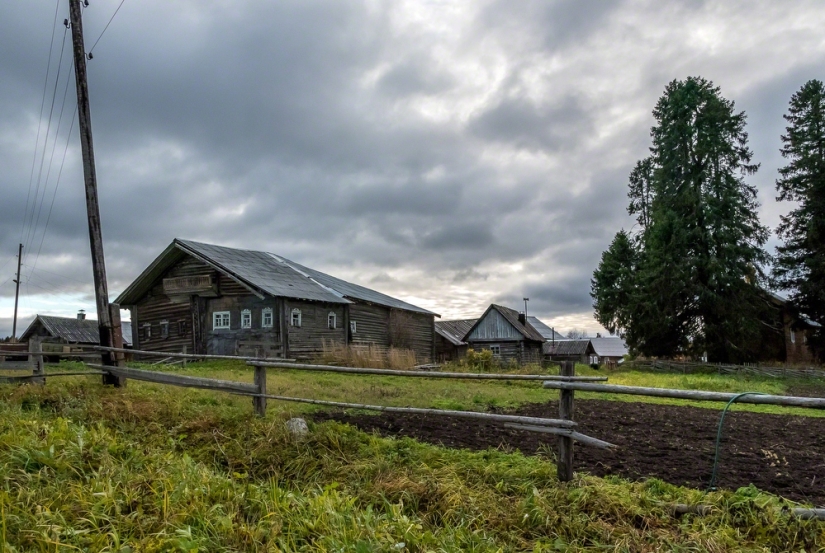
We stayed in a 120 year old Karelian house that had been rebuilt to accommodate 14 people, which happens quite often. Kalmykova cooks for everyone and cleans the house, and also leads tourists on excursions with her husband and sons.
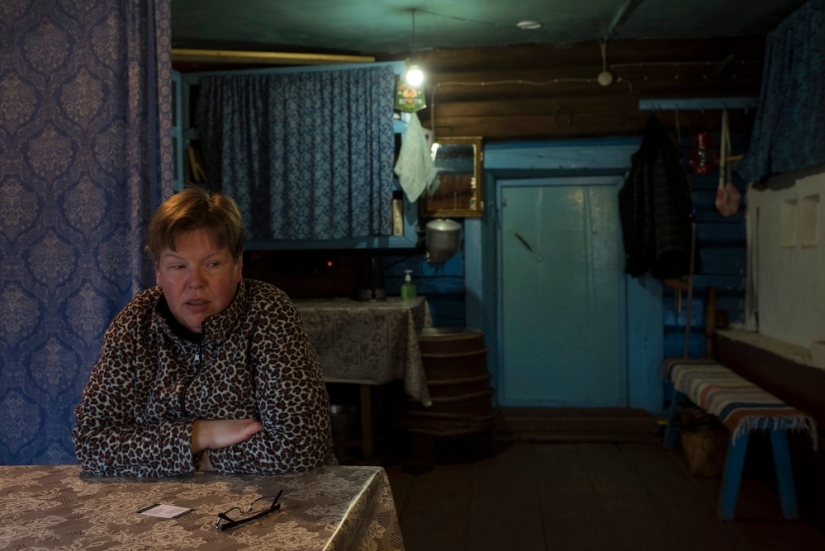
“In a typical Karelian house, people were housed under the same roof along with cattle,” Kalmykova explains. - The house had a heated room where the family lived, and a cold half for animals and birds. Above the barn there was a hayloft, which was ventilated in a natural way, and the feed remained dry. The houses were built in this way because of the harsh climate: as long as there were water supplies, it was possible not to go outside for several days.
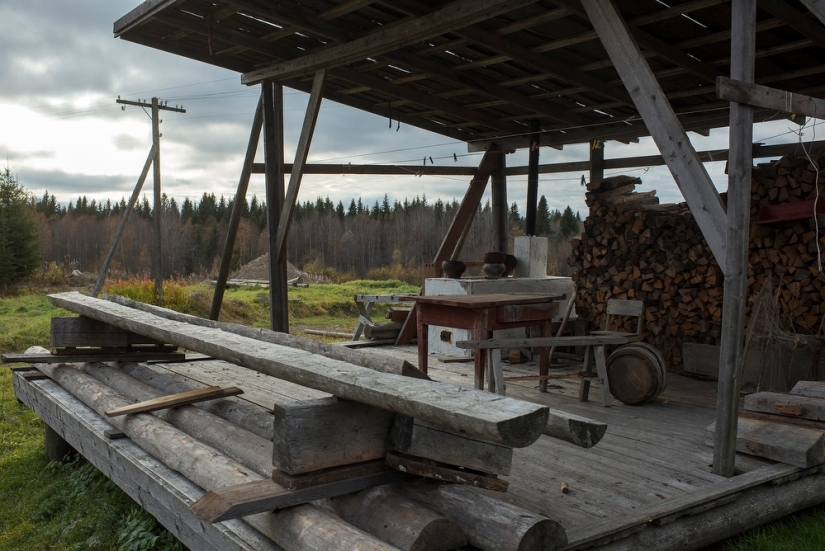
In our house, instead of a sennik, Kalmykova equipped a small, tastefully furnished museum, the exhibits in which are signed in three languages (Russian, Karelian and English). The museum gives an idea of the history of the settlement, Karelian architecture and traditional way of life.
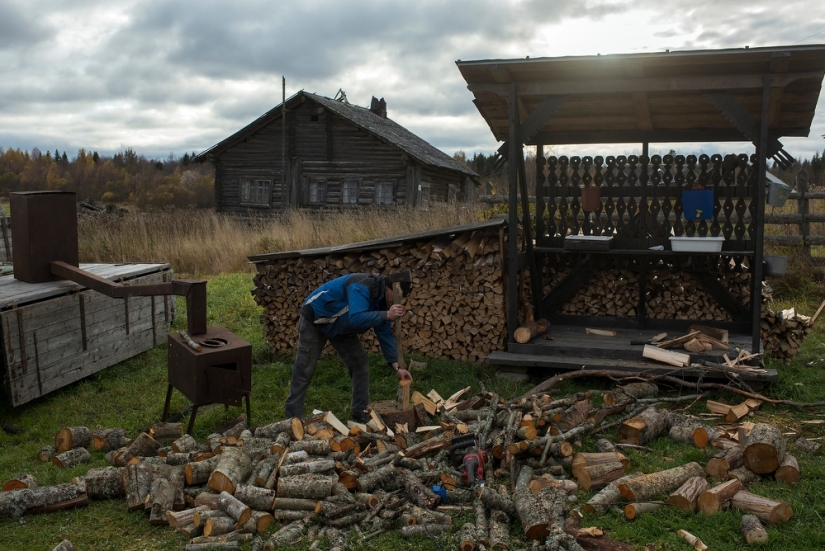
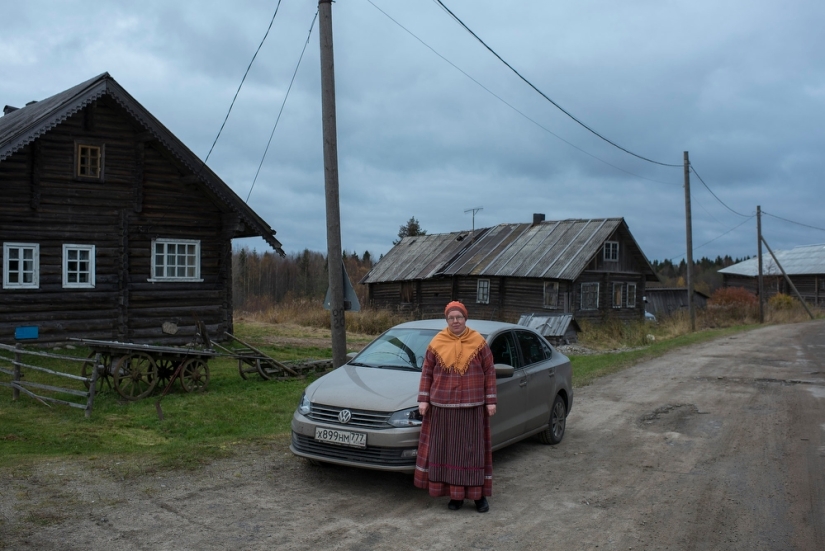
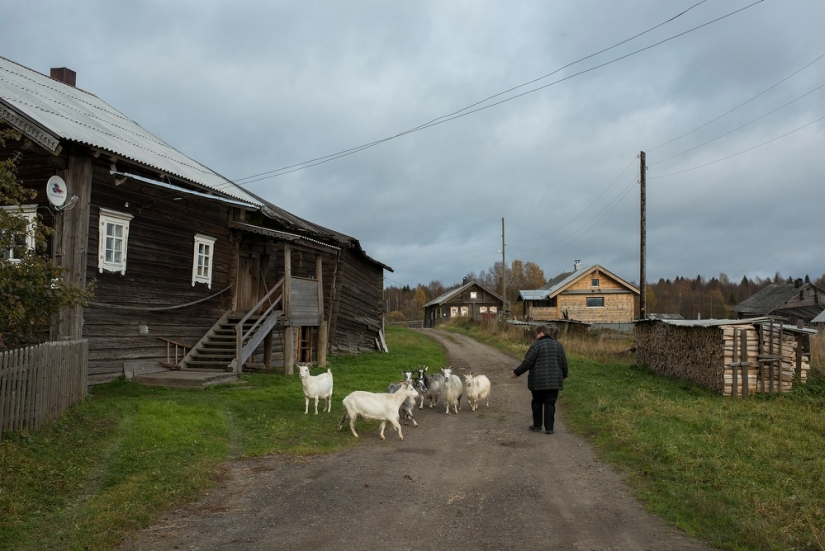
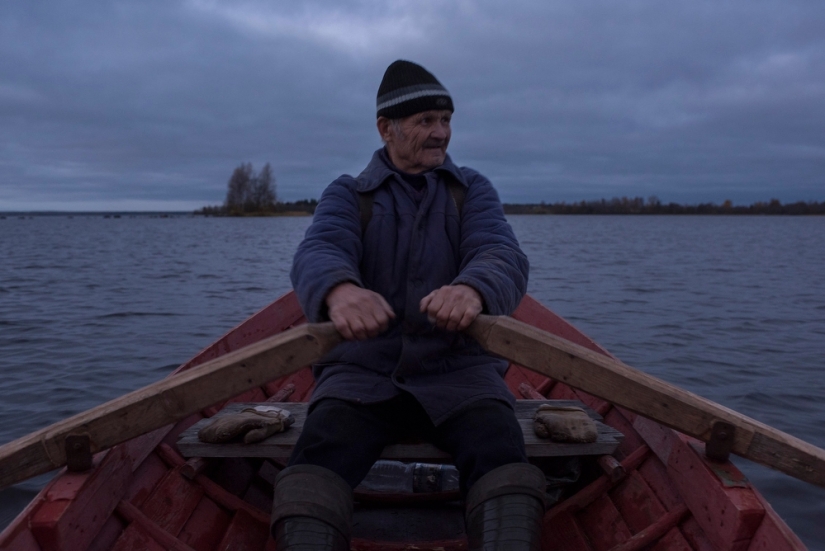
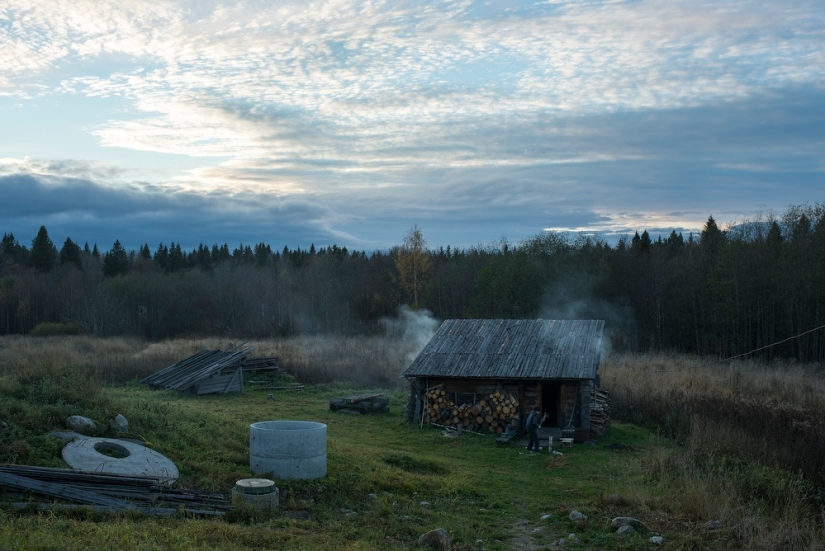
In the afternoon, Mikhail begged Kalmykov to send her sons to heat the bathhouse so that we could relax in the steam room. After a delicious dinner of local trout, potatoes, and carrot salad, plus a couple of shots of mood vodka, we stumbled down the hill towards the black bath in the gathering dusk. I was told that it is called that because it has no chimney, and when it is heated with wood, the smoke blackens its walls and ceiling.
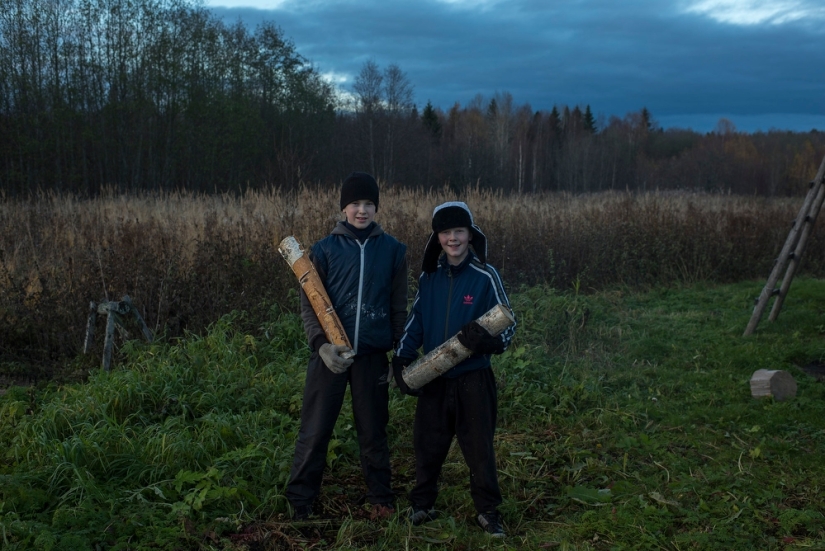
Later, when we were forced to jump out of the hot room and let it air out a little, I realized the real reason why the bath is called black. Due to the way it is heated, so much carbon monoxide accumulates inside the bath that you can easily go to the next world.
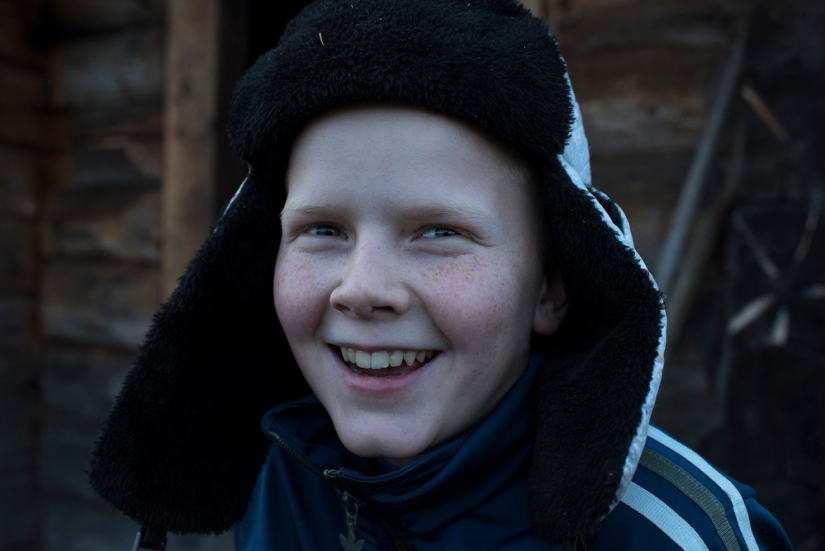
We stripped naked, and our bodies began to sweat out the toxins accumulated during the first week of travel. I was whipped half to death with brooms, and then we splashed and bathed in puffs of scalding steam. And then they crawled out in what their mother gave birth, intoxicated by fumes and heat, on a black night, to marvel at the stars that sprinkled the sky over Kinerma.
Obviously, in a state of clouding of reason, Mikhail set the alarm for a time at which it was completely unrealistic to do anything other than go to bed again.
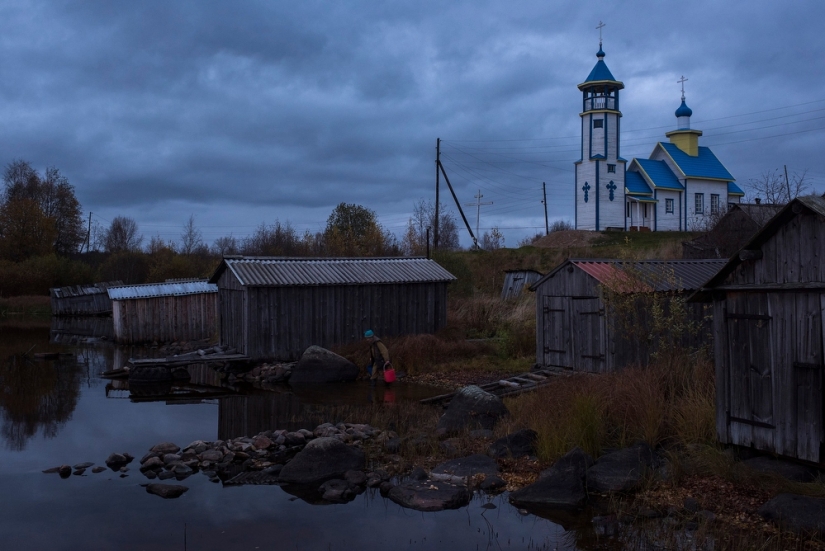
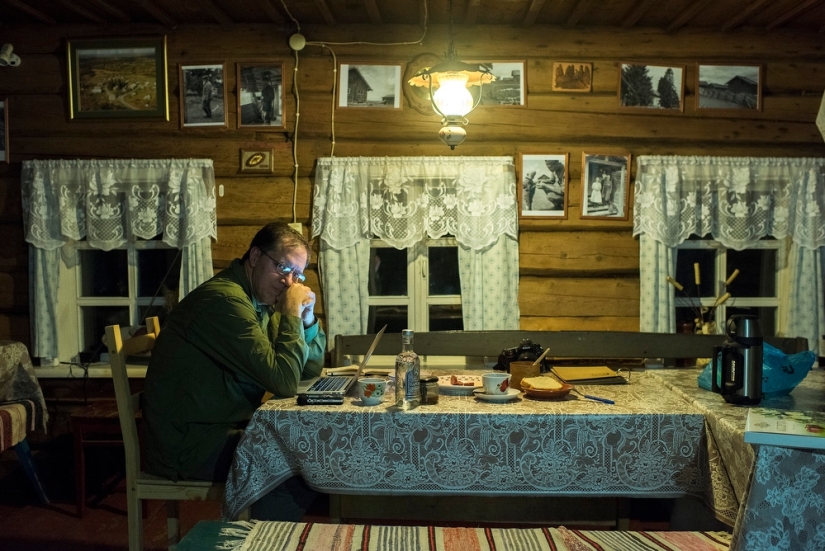
The first week of Spine of Russia (1552 kilometers of travel) is marked by the following remarkable details: Norwegian pizza of immense size, the best breakfast among all the hotels in the world at Scandic Kirkenes, cod, cloudberry liqueur, Madonna and her American Life, pancakes, millet porridge with apple and pumpkin, The Beatles, Ossetian meat pie, cinema, Van Morrison, black tea and mentos, Babaev chocolate, Amos Lee, borscht.
Keywords: Village | Karelia | Expedition
Post News ArticleRecent articles

Sometimes, just one clever angle is enough to turn an ordinary shot into a puzzle. This collection features 22 photos where ...

The history of the Blanchard family happened back in 2015, but it is still being talked about. The brutal murder of Dee Dee ...
Related articles

Without exception, all residents of Russia, traveling to our vast country, met the strange names of towns, cities and rivers. What ...

There are many amazing places in the world, but some of them are special, which you want not only to visit, but also to stay alive. ...

In the old days in Russia there was a real cult of the family, and a person who did not marry at a certain time was considered ...

Oscar Wilde once said, "Life imitates art even more than art imitates life." And after viewing the photos that we have collected ...